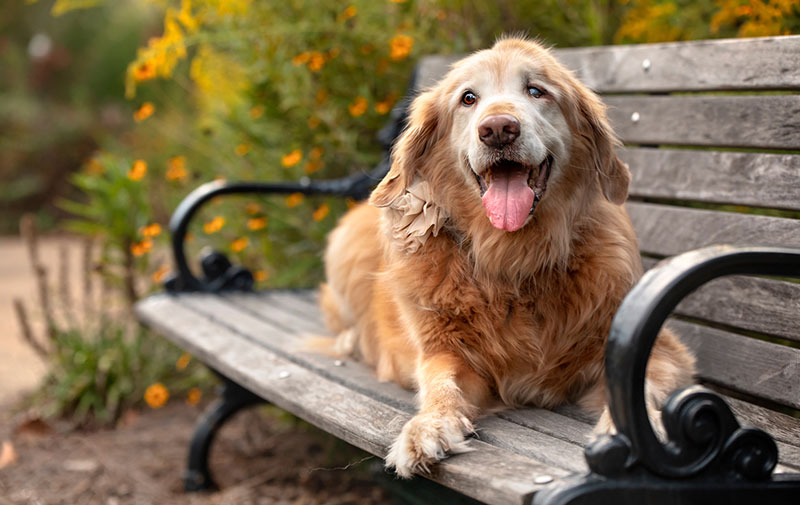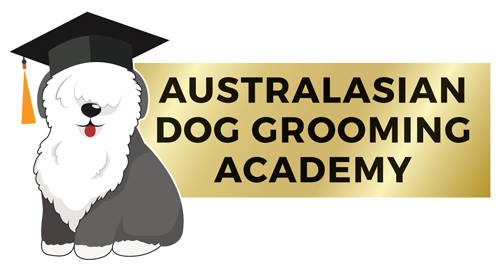Senior dogs and their grooming needs
As dogs age, their bodies and minds go through a number of changes that can make grooming more challenging, grooming for most breeds is just a part of their life to assist in keeping them in good health and comfortable.

Here are a few reasons why senior dogs can be harder to groom and may take longer:
Physical changes
- Joint pain and stiffness: Senior dogs are more likely to experience joint pain and stiffness, which can make it difficult for them to stand still, move around during grooming or lift legs and feet during grooming.
- Thinner skin: Senior dogs often have thinner skin than younger dogs, which can make them more susceptible to irritation and the feelings of a dryer, clippers or a brush during grooming.
- Reduced vision and hearing: Senior dogs may have reduced vision and hearing, which can make them more anxious or stressed during grooming.
Behavioral changes
- Increased fatigue: Senior dogs may tire more easily than younger dogs, so grooming sessions may need to be shorter and more frequent.
- Reduced tolerance for handling: Senior dogs may be less tolerant of being handled, especially if they are in pain or discomfort.
- Cognitive decline: Some senior dogs may experience cognitive decline, which can make them more difficult to control and groom.
Coat changes
- Drier, less shiny coat: Senior dogs often have drier, less lustrous coats than younger dogs. This is because their bodies produce less oil that helps to keep the coat healthy and shiny.
- More mats and tangles: Senior dogs are more prone to mats and tangles in their fur. This is because their coats are drier and more fragile.
- Less shedding: Senior dogs may shed less than younger dogs. This can lead to a build-up of undercoat, which can make it more difficult to brush and comb their coat.
Here are a few tips to help your senior dog for grooming:
- Expect that groomers may need your dog for a few hours, to give them enough breaks and move slowly with them.
- Softly but efficiently brush your dog with a brush and a comb to ensure they get no knots.
- Stay on top of their dental health – we know when we have a toothache, our whole-body hurts and it can leave you feeling down. Same with dogs, the last thing they want is to be touched and groomed with a mouth with sore gums and teeth.
- Add supplements or foods into your dog’s diet for joint stiffness and healthy skin/coat -Eggs, tinned sardines and tuna (in springwater with lowest sodium content), turmeric paste or powder blend.
- Understand your seniors groom may not be perfect, the groomer has picked your dog’s comfort over looks.
- Pick your dog up as soon as you’re able.
- Consider some pain relief for joint pain from your vet.
What we do to ensure your dog is as comfortable as possible during grooming:
- Opt for a shorter groom to avoid any brushing out of knots and preventing future matting.
- Dry your dog on a slower, quieter dryer.
- Get them ready as soon as possible, we don’t want them being away from home for too long although some dogs may need extra time as they need a slower groom or breaks.
- Be honest with the owners and give suggestions and updates on how your dog goes.
- Get the assistance of another groomer, to help talk and hold your dog so the proper job can be done as quickly as possible.
Being honest with your groomer is important to know what to expect with your dog so we can begin our grooming session on the right foot. Our goal is to develop a grooming routine that is safe and comfortable for your dog, leaving them as calm as possible.
